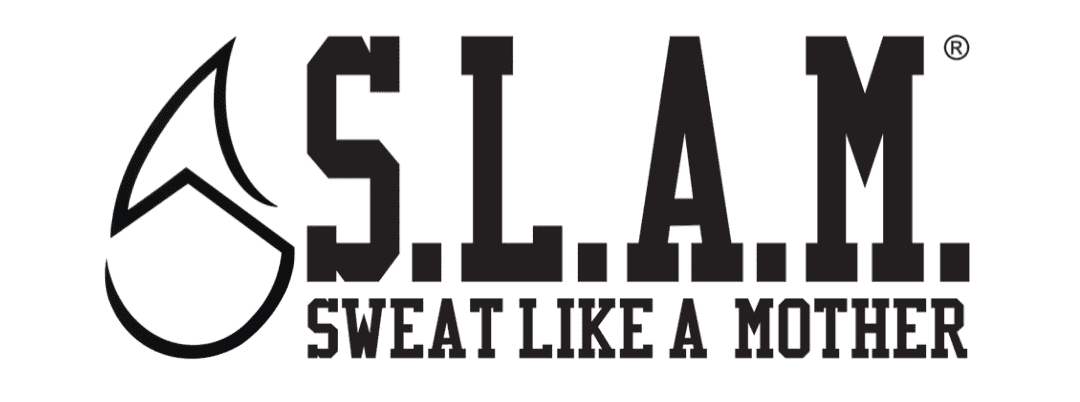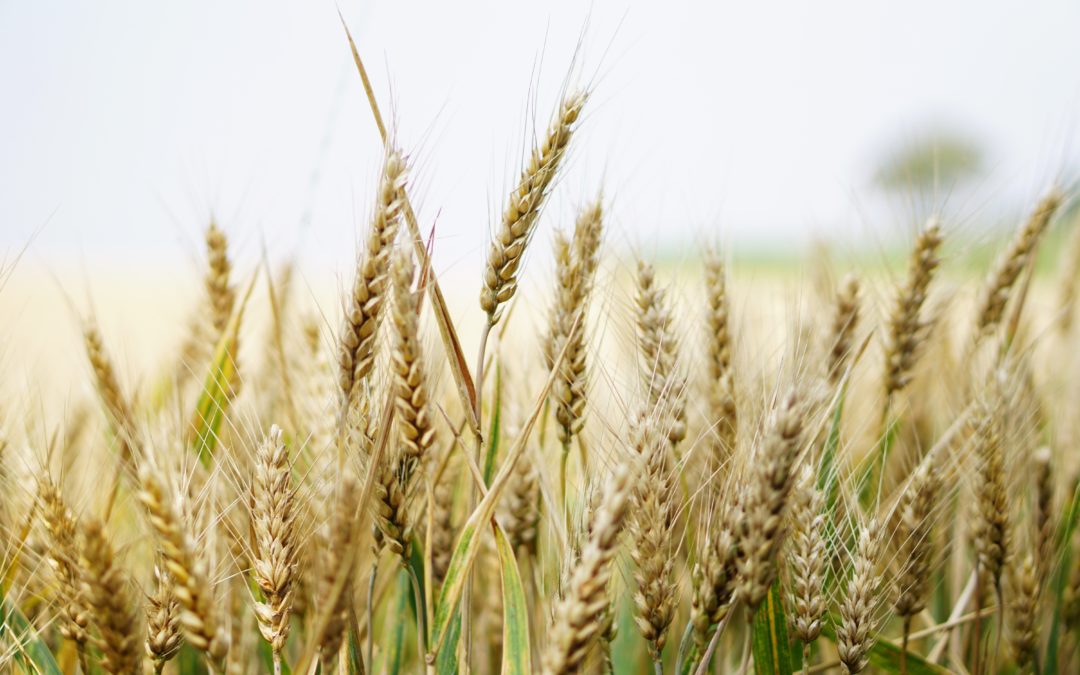Carbs have been in the hot seat since like 1999—and even more so now with the paleo and keto mentalities. But are carbohydrates the problem, or are we?
Current diet trends push for no carbs and while people do see results, the majority of these people were probably eating more white pasta than whole wheat, more white rice than brown and more donuts than oatmeal. Choosing high quality, whole grains doesn’t just round out your diet and provide balance, it also makes you fuller, healthier, and happier (seriously, have you ever been around someone restricting carbs, talk about hangry). Whole grains are low in fat, provide a good amount of protein, and are filled with fiber, vitamins, minerals, and antioxidants.
If you’re reading this and you love your grain free diet, I am not here to convince you otherwise. But if you’re a mom trying to make sense of the confusing culture of todays diet recommendations, I’m here to make it simple. Eating whole grains will not make you fat. They will not make you unhealthy. In fact, they’ll do just the opposite, but you have to choose the right ones.
Bread
When it comes to bread, it can be challenging finding the right loaf for you, especially when you have to shop for picky little ones, too. The biggest rule of thumb is to start with the ingredients—choose a loaf that has “100% whole-wheat flour” as the first ingredient. Don’t be fooled—many will say “wheat flour” making you think you’ve hit the jackpot. Wrong.
Furthermore, don’t be scared off by sugar in bread—all breads have sugar, it’s part of the process, but you don’t want too much and you definitely don’t want to purchase one that is using high fructose corn syrup. Would you make bread with high fructose corn syrup in your kitchen? No—so why would you buy one that is made with it?
Moving from the ingredients to the nutrition facts, keep your eyes on the fiber content. Each slice of bread should have at least 2 to 3 grams of fiber—per slice. That’s another form of trickery on food labels. You might think your bread is meeting your fiber goal but the 3 grams is really referring to two slices, thus not making the cut. So, keep your eyes peeled and find a loaf that’s tasty, but also healthy for you.
Pasta
Here’s the thing about noodles—they’re delicious. Whole wheat or not, though, chances are you’re eating too much of them. A serving size of cooked pasta is roughly 1 cup depending on the shape and style of the noodle. And if it’s just white noodles on your plate, you’re not getting much out of it (besides a full, happy belly).
Making the switch to whole wheat pasta can be challenging for some because there is a bit of a texture change. Whole wheat noodles are a little denser and chewier, but there’s a reason for that: hello fiber! If pasta is on your menu regularly, choosing whole wheat is really the way to go. Again, read your labels because some products will call their pasta “whole grain” but the first ingredient should be “whole grain durum wheat flour” or something similar. Keep in mind, just because it is whole wheat pasta doesn’t mean you should exceed the serving size. Unless it’s your birthday, then all nutrition rules go out the window.
Grains
If you’re still eating white rice, please stop. Brown rice is the bomb.com—it’s an easy side to make, it is so versatile, and it provides you with plenty of nutrients. And if you don’t have time for the nearly hour long cook time of brown rice, cooking brown instant rice still provides way more benefits than white rice. I use brown rice in place of orzo, I add lime and cilantro to it like it’s my job every Taco Tuesday, and my kids gobble it up because they don’t know the difference since they haven’t been exposed to white rice. If you can make one change to whole grains, this is one I strongly recommend.
Millet. Farro. Quinoa. Barley. These are all whole grains you’re probably not getting enough of. If you find yourself hungry after dinner (and your dinner was pretty low in carbs), choosing to make a side with one of these will not only help curb that hunger, but also provide you with some beneficial nutrients as well.
Oats
I often hear the question what is the difference between old fashioned, quick, and steel cut oats. Let’s just clear the air: oats are oats. The nutrients (fiber, protein, vitamins and minerals) are all the same for all types of oats. Rather, it is just the processing that makes them different. If you haven’t given oats a whirl, now is the time. It’s my go to breakfast and it keeps me feeling full until that post SLAM snack time. Instead of focusing on what kinds of oats you’re choosing, invest in some good toppings for those bad boys. Choose something with protein, from nuts to nut butter, Greek yogurt, or some savory items like black beans or eggs. The fiber from your oats along with some protein are the perfect combo to start your day.
Hopefully by now you’ll lose the guilt the next time it’s spaghetti and meatballs night or when you get wild on some avocado toast (assuming you’re choosing the whole grain noodles and bread). You should never regret putting good quality grains in your body: they fuel you, sustain you, and provide so many necessary nutrients.


Recent Comments